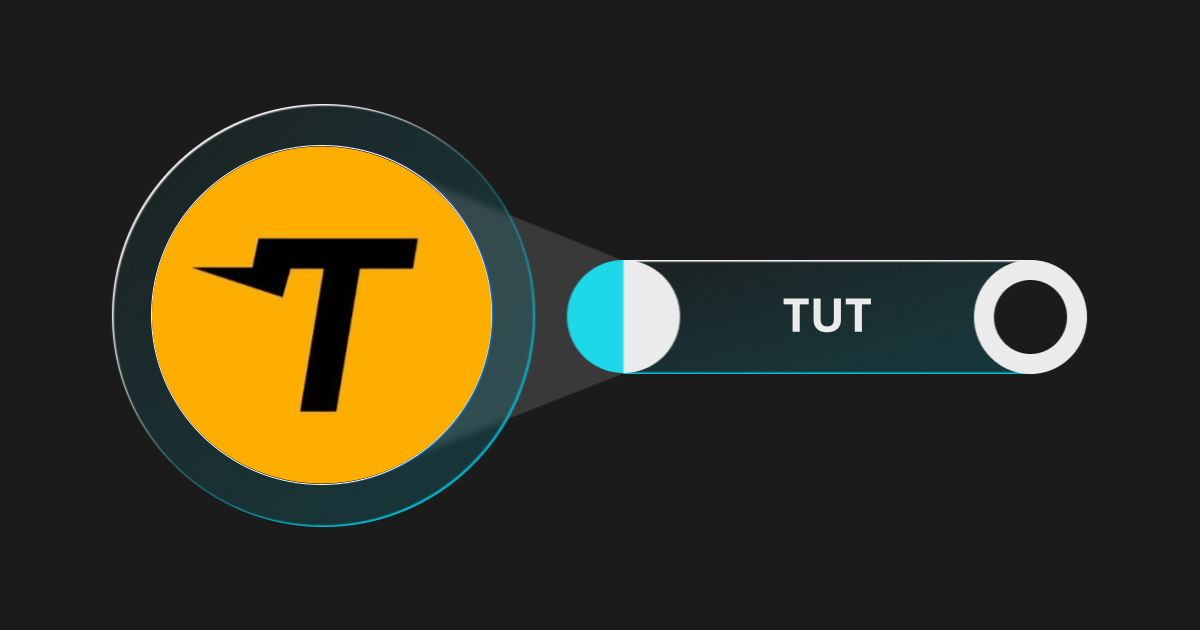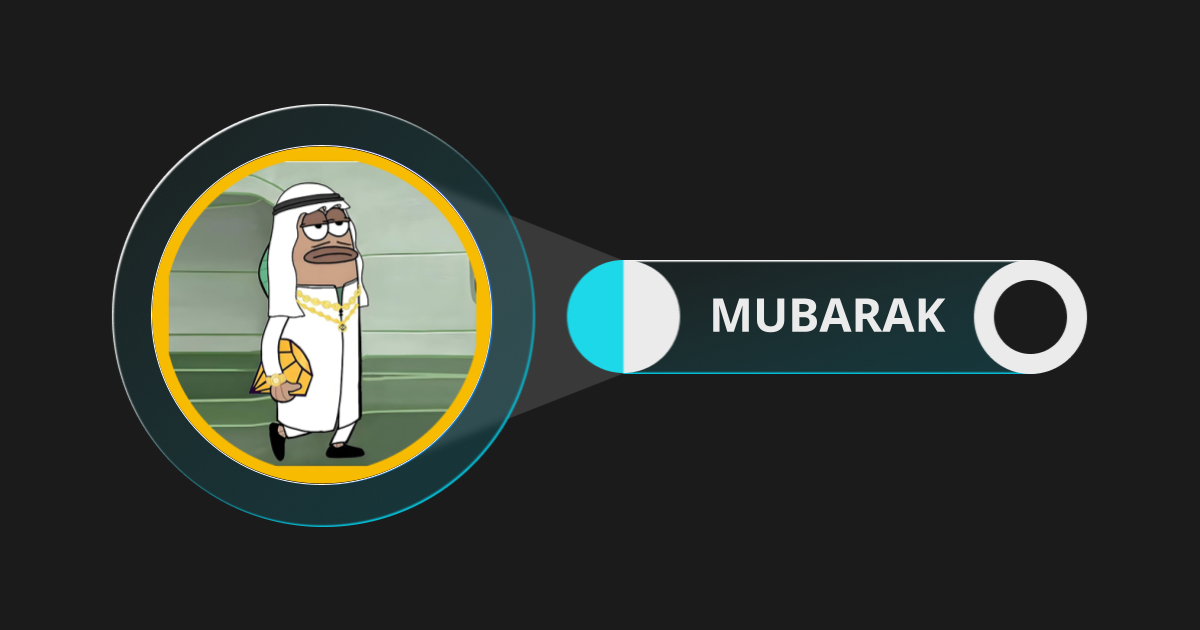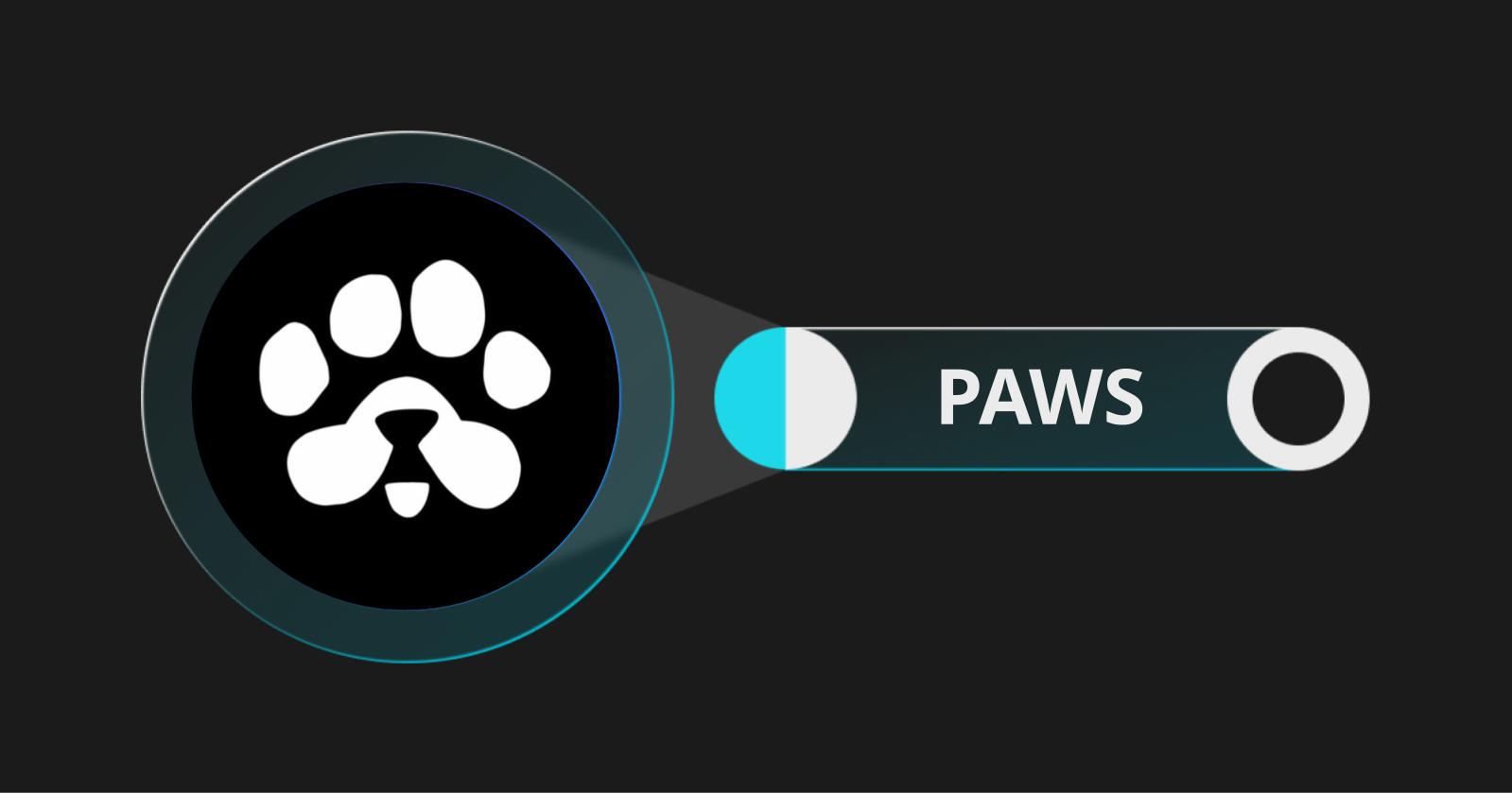
BWB Valuation Part 2: What Is The Future Value Of BWB?
Now that we have already established a base for BWB value projections, let's apply some simple valuation approaches for BWB and assess the potential performance of a portfolio that embraces BWB over the next five years - the same period planned for full distribution of 1 billion BWB. Each of the following analyses is based on certain assumptions, and inflation data comes from IMF's world inflation forecasts. We also consider the completion of a $15 million Series A funding round at a $100 million valuation, followed by a $30 million strategic investment from Bitget Exchange for Bitget Wallet in 2022, which boosted its valuation to $300 million.
Comparative Analysis
For this analysis, we use the market capitalisation of Top 5 Wallet Tokens by Market Cap as benchmark to estimate BWB's potential value. Data from CoinMarketCap shows that, as of May 25, 2024, the Top 5 Wallet Tokens by Market Cap are:
● Internet Computer (ICP) with a market cap of $5,725,359,121 and a 24-hour volume of $48,850,188
● 1inch Network (1INCH) with a market cap of $497,853,885 and a 24-hour volume of $26,697,702
● TrustWallet (TWT) with a market cap of $468,064,846 and a 24-hour volume of $11,035,301
● SafePal (SFP) with a market cap of $368,951,585 and a 24-hour volume of $3,542,131
● Safe (SAFE) with a market cap of $164,032,336 and a 24-hour volume of $19,417,631
Let's do a comparative summary for BWB and the above-mentioned Top 5 wallet tokens:
BWB: Provides comprehensive utility across transaction fee payments, staking rewards, premium features, and promotions within the integrated Bitget ecosystem with the three-factor design philosophy of security, liquidity, and mobile-first, native UI/UX.
ICP: Focuses on smart contract execution, governance, and network operations, with an emphasis on scalability and speed.
1INCH: Specialises in liquidity aggregation for optimal trading conditions, as well as staking and governance.
TWT: Offers governance, incentives, and access to additional features within Trust Wallet, emphasising user rewards and value-added services.
SFP: Provides staking rewards, discounts on products, and governance, with strong integration with SafePal’s hardware wallet.
SAFE: Prioritises transaction security and governance.
While each token has unique utilities tailored to its ecosystem, BWB stands out due to its integrated approach within the Bitget ecosystem, offering diverse and synergistic utilities that foster user engagement and drive demand across both trading and wallet services. Together with Bitget's comprehensive ecosystem and dual-token system, its resilience and strong performance during market downturns, continuous innovation and improvement, increasing user trust and activity, strategic partnerships and market expansions, it's justified to expect a robust annual growth of 15% for BWB over the next five years.
This comparative analysis assumes that the current market capitalisations of ICP, 1INCH, TWT, SFP, and SAFE are accurate and reflect their present value and presume market stability, without significant disruptive events affecting the overall cryptocurrency market.
The average market capitalisation is given by:

and is equal to: ($5,725,359,121 + $497,853,885 + $468,064,846 + $368,951,585 + $164,032,336) / 5 = $1,444,852,355.
Since BWB is launched in late May 2024, we will account for the partial year of 2024 in our calculations:
Adjusted Market Capitalisation = $1,444,852,355 * (7/12) = $842,830,540
We now calculate BWB's future market capitalisation at a growth rate of 15% as explained above.

Future Market Capitalisation = $842,830,540 * (1+0.15)^5 ≈ $1,695,233,265
For inflation adjustments, we use the latest IMF inflation projections:
● 2024: 5.9% (0.059) → Adjust for 7 months of 2024: (1 + 0.059)^(7/12) = 1.034
● 2025: 4.5% (0.045)
● 2026: 3.7% (0.037)
● 2027: 3.5% (0.035)
● 2028: 3.4% (0.034)
● 2029: 3.4% (0.034)
The corresponding Cumulative Discount Factor is then:
Cumulative Discount Factor = 1.034 * 1.045 * 1.037 * 1.035 * 1.034 * 1.034 = 1.239935566
BWB's Present Value = $1,695,233,265 / 1.239935566 = $1,367,194,644
With a total supply of 1 billion BWB, the estimated price of this token is:

BWB's Estimated Price = $1,367,194,644 / 1,000,000,000 ≈ $1.37
This would mean an 811% increase from the BWB IEO price of $0.15 (already inflation-adjusted). Please note that this calculation is based on the average market capitalisation of the current Top 5 wallet tokens, whose utilities combined make up the full spectrum of BWB's.
Scenario Analysis
A scenario analysis involves creating different potential future states for BWB's market capitalisation and price based on varying assumptions. We'll consider three scenarios: Best Case, Base Case, and Worst Case.
Scenario Assumptions
We assume an initial market cap of BWB equal to the average market cap of the current Top 5 wallet tokens or $842,830,540, a 3% transaction fee and 5% annual staking rewards. This transaction fee aligns with industry standards, covers service and security costs, and generates significant revenue to support platform sustainability and development. It is justified by the enhanced features and security provided by Bitget Wallet, with user acceptance evidenced by high transaction volumes. The 5% staking rewards are competitive and attract users, encouraging them to stake their tokens, which helps secure the network and maintain its integrity. This reward rate balances user incentives with sustainable token economics, promoting long-term holding and reducing market volatility while ensuring the platform's financial stability. We also assume a 5% platform fee on staking rewards ensures that Bitget Wallet can cover operational costs and continue to provide secure, reliable services to its users and 10% of the total supply to be staked given the competitive staking rewards and strong incentives for users to engage in staking to earn passive income.
Best Case Scenario
● Annual User Growth Rate: 15% per year for aggressive marketing, successful partnerships, and a generally bullish cryptocurrency market driving high user adoption
● Annual FDV Growth Rate: 20% per year with regards to Bitget Wallet's ability to rapidly scale, attract significant investment, and introduce innovative features that drive substantial market interest
● Inflation Adjustment: 1.239935566 based on IMF projections
Base Case Scenario
● Annual User Growth Rate: 8% per year for steady, moderate adoption in stable market conditions, supported by consistent but not exceptional marketing and partnerships
● Annual FDV Growth Rate: 15% per year as a reflection of stable growth driven by consistent user adoption, moderate investment, and regular feature enhancements
● Inflation Adjustment: 1.239935566 based on IMF projections
Worst Case Scenario
● Annual User Growth Rate: 3% per year in the case of minimal growth due to unfavourable market conditions, limited marketing success, and potential regulatory challenges
● Annual FDV Growth Rate: 10% per year suggesting slower growth due to adverse market conditions, lower-than-expected user adoption, and limited new investments or feature developments
● Inflation Adjustment: 1.239935566 based on IMF projections
Calculating Market Capitalisation and BWB Price
Step 1: Justify how the Annual User Growth Rate affects the FDV
Higher user growth rates result in greater transaction and staking activity, boosting the platform's financial performance and attractiveness to investors, which in turn supports higher future FDV growth rates. Conversely, lower user growth rates result in reduced financial performance and lower FDV growth rates.
Step 2: Calculate Future FDV

● Best Case Scenario: Future FDV = $842,830,540*(1+0.20)^5 = $2,097,232,090
● Base Case Scenario: Future FDV = $842,830,540*(1+0.15)^5 = $1,695,233,265
● Worst Case Scenario: Future FDV = $842,830,540*(1+0.10)^5 = $1,357,387,013
Step 3: Adjust for inflation
Use the Cumulative Discount Factor above for the adjustment:
● Best Case Scenario: Present Value = Future FDV / Cumulative Discount Factor = $2,097,232,090 / 1.239935566 = $1,651,482,819 or 1 BWB ≈ $1.65
● Base Case Scenario: Present Value = $1,695,233,265 / 1.239935566 = $1,334,925,508 or 1 BWB ≈ $1.33
● Worst Case Scenario: Present Value = $1,357,387,013 / 1.239935566 = $1,068,885,672 or 1 BWB ≈ $1.07
Below is a summary of this scenario analysis:

Additional Analysis
The process above sets the groundwork for BWB's valuation by providing a baseline market cap. This additional analysis builds on this baseline by incorporating assumptions about user growth, transaction volumes, market conditions, and revenue generation to project BWB's future value.
We will consider Bitget Wallet's current user base of 19 million users, $8 billion in total swap trading volume, 388,757 in weekly transactions (as of March 2024) and adjust for a conservative user growth rate of 8% while utilising the full user base and an annual transaction volume growth rate of 5%. We don't need to adjust for 7 months of operations because Bitget Wallet was still in normal operation before the launch of BWB and, as a result, will continue generating revenues as usual.
The average annual trading volume is calculated over the six-year period from 2018 - 2024 as follows:
Average Annual Trading Volume = $8,000,000,000 / 6 = $1,333,333,333
Meanwhile, the Transaction Volume per User is given by:

and therefore amounts to:
Transaction Volume per User = $1,333,333,333 / 19,000,000 = $70.18
At a growth rate of 8% annually, the Future User Base of Bitget Wallet is:
Future User Base = 19,000,000 * (1 + 0.08)^5 ≈ 27,917,233
Now we calculate the Future Transaction Volume of Bitget Wallet as follows:

Hence:
Future Transaction Volume = 27,917,233 * $70.18 ≈ $1,959,104,102
Annual Revenue from Transaction Fees = $1,959,104,102 * 3% = $58,773,123
Annual Revenue from Staking Fees = Total Supply * 10% * 5% * 5% = $250,000
Total Annual Revenue = $58,773,123 + $250,000 = $59,023,123
The total annual revenue reflects the platform's financial health, which supports a sustainable growth projection.
Given that the full distribution of BWB's total supply will be completed after five years according to the token distribution plan, we need to consider the total circulating supply of 1 billion tokens in our market capitalisation calculation. Bitget Wallet's Initial FDV Post-Investment (2022) is $300 million, which we will assume as the initial FDV of BWB. Considering the substantial investments, we assume a 15% FDV growth rate annually, which accounts for the strong confidence from investors and the growth trajectory implied by the increased valuation.
BWB's Future FDV = $300,000,000 * (1 + 0.15)^5 = $603,407,156
BWB's Present Value (adjusted for inflation) = $603,407,156 / 1.239935566 ≈ $486,643,962
BWB's Estimated Price = $486,643,962 / 1,000,000,000 ≈ $0.49
Even with conservative assumptions, BWB's potential ROI after five years still stands at 224%.
What To Do To Maximise Your Gains From Bitget's Dual Token System?
BGB has been the best performer in the CEX token category since the start of the last bear market, has made 6 new ATHs in 2024 alone, and is a staple for a wide variety of earning opportunities on Bitget - the BWB IEO included. BGB can also be used for staking on Bitget Launchpool and speedy farming on Bitget PoolX (with new pools taking place almost everyday). If you are a scalper with no intention of betting big on the next crypto trends, try Bitget Smart Trend - our signature capital-guaranteed investment product!
Following the success of BGB, BWB price - as shown above - can range from a low of $0.49 or $1.65, which translates to a minimum gain of 224% to 1,001%. With such a visionary roadmap and the synergy effects arising from the Bitget's dual-token system, we can expect spectacular growth in the long-term value of BWB. The interplay between BWB and BGB drives demand for BWB as users engage with the platform and utilise BGB for trading activities, thus enhancing BWB's utility. And don't forget that Bitget Wallet is set to incentivise BWB staking for the purpose of long-term holding and reducing circulating supply. Potential rewards and benefits associated with staking further contribute to BWB's value appreciation. Moreover, holding BWB grants users access to additional perks within the Bitget Wallet ecosystem, such as increased staking rewards and voting rights, which further amplifies its attractiveness.
Portfolio diversification via holding both BGB and BWB is recommended for exposure to different aspects of the Bitget ecosystem and potentially capturing upside opportunities from the growth of Bitget. In addition, holding both tokens ensures investors are well-positioned to benefit from the platform's overall success as the Bitget ecosystem expands and introduces new features or services.
The Bottom Line
This is a modest valuation and does not include buyback/token burning to reduce the supply for value appreciation. It is also a very conservative growth considering the actual growth rate of Bitget - hence the actual price could very well hit $1-$2 even in a shorter time period.
In summary, Bitget's dual-token ecosystem, anchored by BWB and BGB, offers a compelling opportunity for investors to tap into BWB's long-term value potential. By diversifying portfolios to encompass both BGB and BWB, investors position themselves to proactively benefit from its expansion and innovation. There's no better time to invest in the future of crypto with Bitget - the diligent builder of the Web3 space!
Disclaimer: The opinions expressed in this article are for informational purposes only. This article does not constitute an endorsement of any of the products and services discussed or investment, financial, or trading advice. Qualified professionals should be consulted prior to making financial decisions.

- Mubarak (MUBARAK): The Rising Star of BNB Chain2025-03-17 | 5m
- PAWS (PAWS): The SocialFi Revolution Spanning TON and Solana2025-03-12 | 5m


